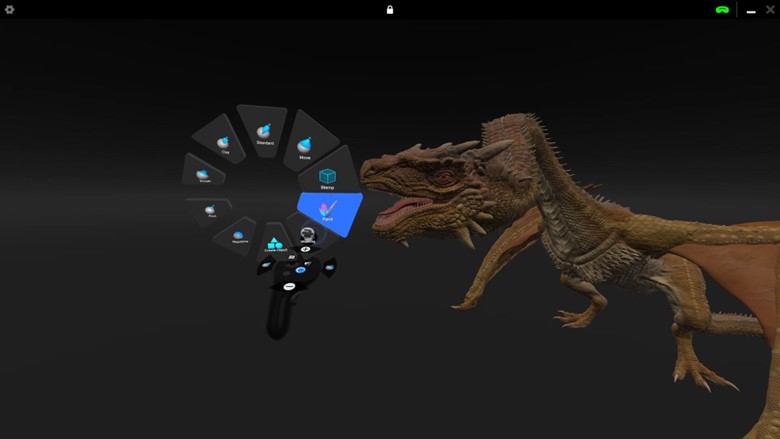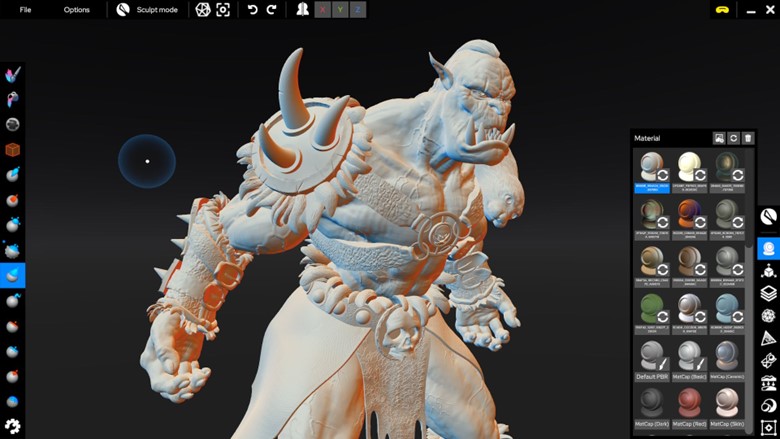Leopoly has added new features to its Shapelab VR 3D sculpting software including the introduction of multi-resolution objects and subdivision levels. It also enables artists to use the software in VR mode or switch to desktop mode on a PC.

Creating 3D models can be a tricky process for some artists. The majority of today’s 3D content creation is done using complex traditional software on a flat 2D screen. Some artists opt for 3D sculpting tools, which provides a more organic process. Leopoly turns up the volume on the concept of 3D sculpting by adding an extra dimension—virtual reality—with its Shapelab 3D VR sculpting software, which the company began offering as a full-featured product last year. Prior to that, it was available on Steam as an early-access offering starting in 2017. Now, the company has released a new version with added features and both a VR and desktop mode because, well, some tasks are better suited for one mode or the other. Also, despite the big push toward the “realities” (VR, XR, AR), not everyone has a VR headset.
Shapelab is an easy-to-use VR sculpting app for 3D model creation. It is geared for professional 3D artists as well as those just starting out, enabling users to work more intuitively. The software has an easy-to-use UI and industry-grade sculpting tools for quickly and easily blocking out organic shapes, sculpting intricate details, and vertex-painting objects whose textures can be used in other 3D software and for 3D printing. Rather than using a voxel engine, as similar VR design products do, Shapelab uses a polygon mesh-based engine, allowing for higher resolution and higher LOD in the images.
Previously, Shapelab was a PCVR-only tool, with no desktop mode, meaning a VR headset was needed. With Shapelab 2024, artists are able to use the software in desktop mode on the PC with the typical mouse and keyboard setup, as well as with VR/AR/XR headsets, switching between the modes. Shapelab supports a number of VR headsets such as HTC Vive, Valve Index, Oculus Rift and Quest, and Windows mixed-reality devices.

Leopoly also introduced multi-resolution objects and subdivision levels to the software, so users can subdivide meshes to create multiple-resolution levels. By working with lower subdivision levels, users can speed up their workflow, as working with fewer polygons is computationally less intensive, resulting in higher frame rates, quicker manipulation, and shorter loading times, the company noted. Also, artists retain greater control over the model’s topology when starting with a basic mesh and then increasing the subdivision gradually. And, by making more significant modifications to the model at a low subdivision level, they avoid disrupting more intricate details made at higher levels.
Shapelab 2024 further sports an auto-retopologize feature for a lower-res, cleaner quad-based mesh. A projection feature additionally enables artists to clone an object created with dynamic topology, remesh it using quads, apply subdivision levels, and then transfer the details from the original model, maintaining the details while achieving a cleaner and more manageable topology. Leopoly says this feature is used to transition to a multi-resolution workflow.